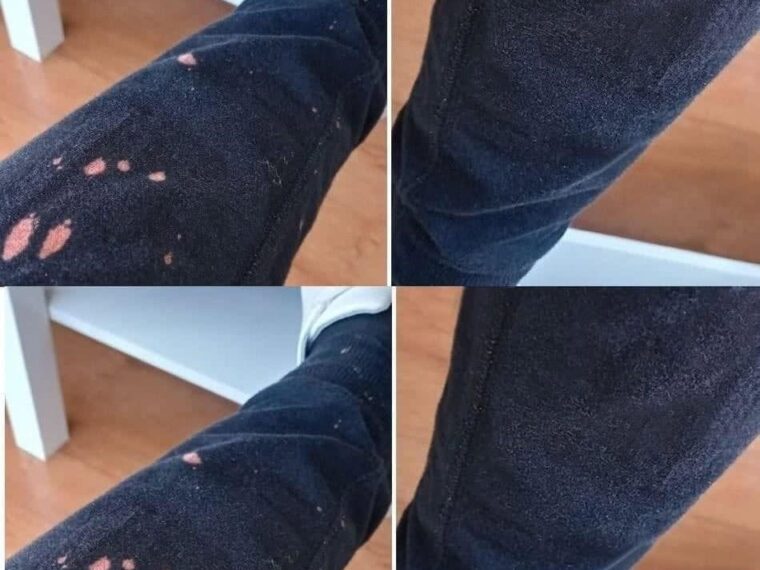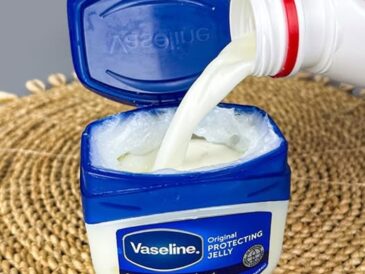🎨 What You Need:
- Fabric paint (matte or glossy, depending on your fabric)
- Small brush or sponge applicator
- A fabric blending medium (optional)
- Color chart for matching (many paint brands include one)
🧑🎨 Step-by-Step Instructions:
- Prepare the area
Place cardboard under the stain to avoid bleeding through. Wash and dry the garment before painting. - Mix your color
Use the chart to mix a shade as close to your garment color as possible. You can also buy fabric pens in exact shades for precision. - Apply paint gently
Use a small brush to dab the paint only onto the bleached area. Let it dry between coats to assess how it matches. - Blend the borders
Feather the edges slightly with a sponge or dry brush for a seamless finish. - Set the color
Once dry, heat-set the paint using an iron (as per product instructions) to make it washable.
🧪 Backed by Fact:
According to textile restoration experts, modern fabric paints (like Tulip®, Jacquard®, or Arteza®) are durable and wash-resistant. They bind to fabric fibers without stiffening the material if applied properly.
Bonus Tips to Prevent Bleach Stains in the Future
- Wear old clothes when cleaning with bleach.
- Use a spray bottle with a colored label to avoid confusion with water.
- Wash bleach-soaked clothes separately.
- Neutralize bleach spills quickly with baking soda and water.
When Not to Attempt These Fixes
- On expensive silk or delicate items — seek professional textile restoration.
- When the garment is severely bleached or frayed — the structural damage might be irreversible.
Conclusion
Bleach stains don’t have to mean the end for your favorite clothes. With a fabric-safe marker or custom fabric paint, you can bring life back to damaged items without re-dyeing the entire garment. These simple techniques are not only effective but affordable, saving you from replacing perfectly good clothes over a small mistake.
Next time bleach strikes, you’ll know exactly what to do—and no one will ever know there was a stain to begin with.
FAQs
1. Can I use regular markers instead of fabric markers?
Regular markers might fade or bleed during washing. Fabric markers are designed to stay on through multiple washes.
2. Will the painted area feel stiff?
If applied lightly and heat-set properly, fabric paint should stay soft and flexible.
3. How long do these repairs last?
With proper care, both marker and fabric paint solutions can last 10–20 washes or more.
4. Are these methods safe on all fabrics?
They work best on cotton, polyester, or blends. Delicate fabrics like silk or wool require professional care.
5. Can I still dye the whole garment later if I use these methods?
Yes, but the painted or marked areas may absorb dye differently. Always test first.




